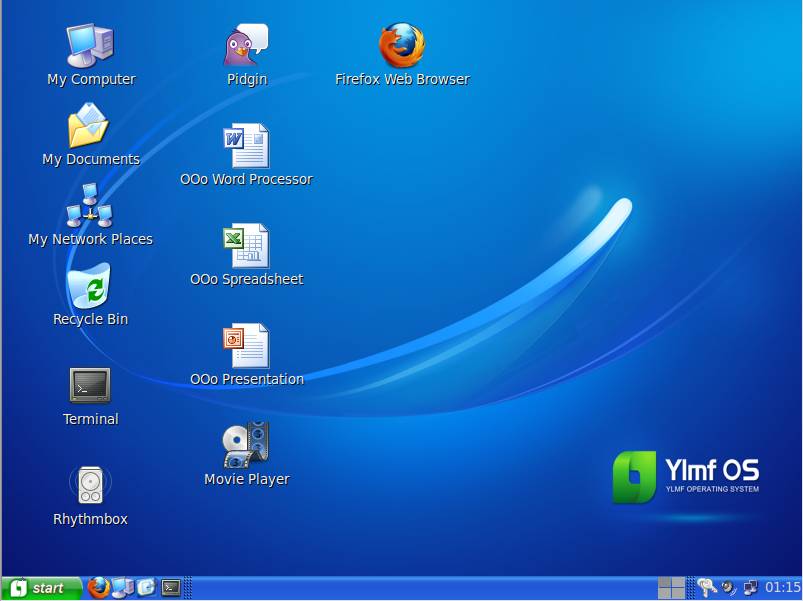

Or perhaps you deleted the GPT table, and are now using an msdos partition table. Perhaps it was corrupted - possibly by a program that doesn't understand GPT partition tables. However, it does not have a valid fake msdos partition table, as it should. dev/xxx contains GPT signatures, indicating that it has a GPT table. Simply run the following command from the terminal either “ root” or “ sudo” to unmount a mounted ISO image.Ubuntu images (and potentially some other related GNU/Linux distributions) have a peculiar format that allows the image to boot without any further modification from both CDs and USB drives.Ī consequence of this enhancement is that some programs, like parted get confused about the drive's format and partition table, printing warnings such as: View ISO Files in Linux How to Unmount an ISO Image in Linux

For example, the directory listing of a Fedora-Server-dvd-x86_64-36-1.5.iso image would look like this. You will see the list of files of an ISO image, that we have mounted in the above command. It will only mount in read-only mode, so none of the files can be modified.


To mount an ISO image on RedHat-based or Debian-based Linux distributions, you must be logged in as a “ root” user or switch to “ sudo” and run the following commands from a terminal to create a mount point.


 0 kommentar(er)
0 kommentar(er)
